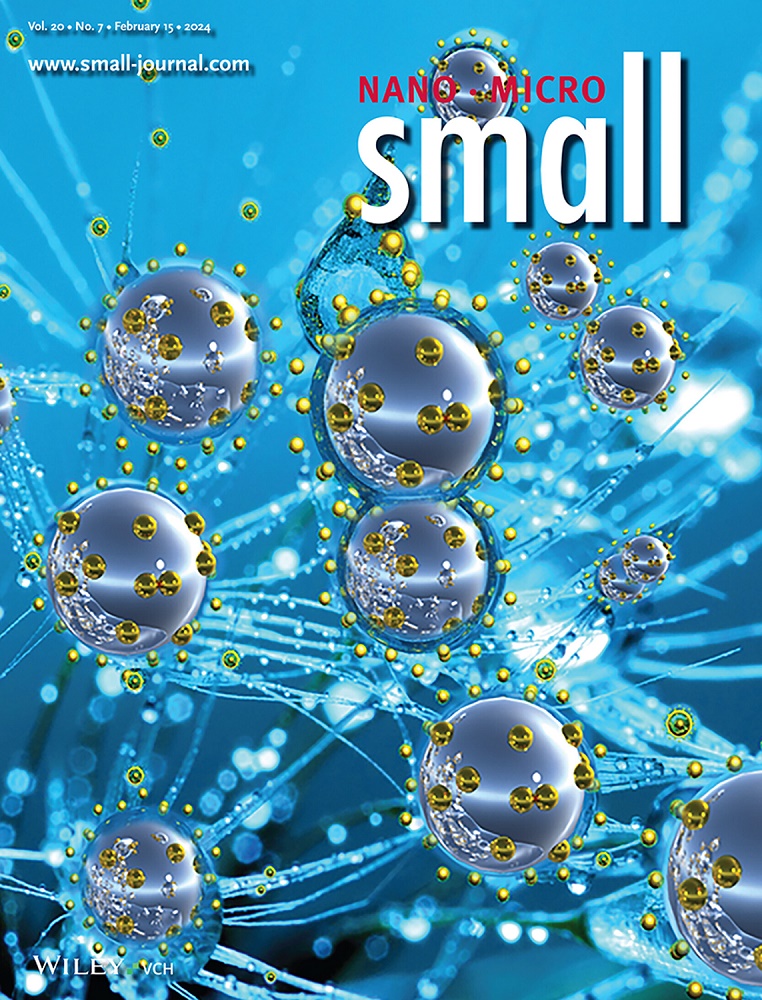利用高熵效应实现高效氮还原为氨的活性位点定制功能。
IF 12.1
2区 材料科学
Q1 CHEMISTRY, MULTIDISCIPLINARY
引用次数: 0
摘要
电催化氮还原反应(NRR)是替代能源密集型氨合成的一种可持续和无碳的替代方法,但不幸的是,由于惰性N≡N键和析氢反应(HER)的竞争,NRR的活性和选择性较差,因此遇到了很大的瓶颈。具有多种组成的高熵硫化物(HESs)为定向调制提高NRR提供了丰富的机会,其发展仍处于初级阶段。在此,该研究率先将天然模拟氮酶组分(Fe/Mo/S)与熵稳定的Co/Ni/Cr集成在一起,创建了一个多功能的NRR活性界面。高熵效应可以诱导晶格畸变和电子重分布,诱导活性位点的靶向功能分配,协同优化N2吸附,同时形成相对排斥质子的微环境。(FeCoNiMoCr)9S8的NH3产率为57.23µg h-1 mg-1 cat,法拉第效率为26.42%,超过了Co9S8(增强4.7倍和2.4倍)和大多数报道的过渡金属硫化物。本研究通过结合仿生组分和熵稳定组分,建立了一种新的熵驱动界面工程用于催化剂设计,同步提高活性和选择性,为可持续合成氨的HESs奠定了基础。本文章由计算机程序翻译,如有差异,请以英文原文为准。
Custom-Made Functions of Active Sites Enabled by High-Entropy Effects toward Efficient Nitrogen Reduction to Ammonia.
Electrocatalytic nitrogen reduction reaction (NRR) enables a sustainable and carbon-free alternative to energy-intensive ammonia synthesis, but unfortunately, undergoes a large bottleneck with its poor activity and selectivity given by the inert N≡N bond and competition from hydrogen evolution reaction (HER), respectively. High-entropy sulfides (HESs) with diversiform compositions provide abundant opportunities for targeted modulations to boost NRR, the development of which is still at the initial stage. Herein, the study pioneers the integration of natural nitrogenase-mimetic components (Fe/Mo/S) with entropy-stabilized Co/Ni/Cr to create a multi-functional active interface toward NRR. The high-entropy effect can induce lattice distortion and electron redistribution to induce the targeted function allocation of active sites, synergistically optimizing N2 adsorption while forming a relatively proton-repelling microenvironment. The (FeCoNiMoCr)9S8 achieves a superior NH3 yield rate of 57.23 µg h-1 mg-1 cat and Faradaic efficiency of 26.42%, surpassing its counterpart of Co9S8 (4.7- and 2.4-fold enhancement) and most reported transition metal sulfides. This work establishes a new entropy-driven interface engineering for catalyst design by combining bio-inspired and entropy-stabilized components to synchronously enhance activity and selectivity, laying the cornerstone of HESs for sustainable ammonia synthesis.
求助全文
通过发布文献求助,成功后即可免费获取论文全文。
去求助
来源期刊

Small
工程技术-材料科学:综合
CiteScore
17.70
自引率
3.80%
发文量
1830
审稿时长
2.1 months
期刊介绍:
Small serves as an exceptional platform for both experimental and theoretical studies in fundamental and applied interdisciplinary research at the nano- and microscale. The journal offers a compelling mix of peer-reviewed Research Articles, Reviews, Perspectives, and Comments.
With a remarkable 2022 Journal Impact Factor of 13.3 (Journal Citation Reports from Clarivate Analytics, 2023), Small remains among the top multidisciplinary journals, covering a wide range of topics at the interface of materials science, chemistry, physics, engineering, medicine, and biology.
Small's readership includes biochemists, biologists, biomedical scientists, chemists, engineers, information technologists, materials scientists, physicists, and theoreticians alike.
 求助内容:
求助内容: 应助结果提醒方式:
应助结果提醒方式:


